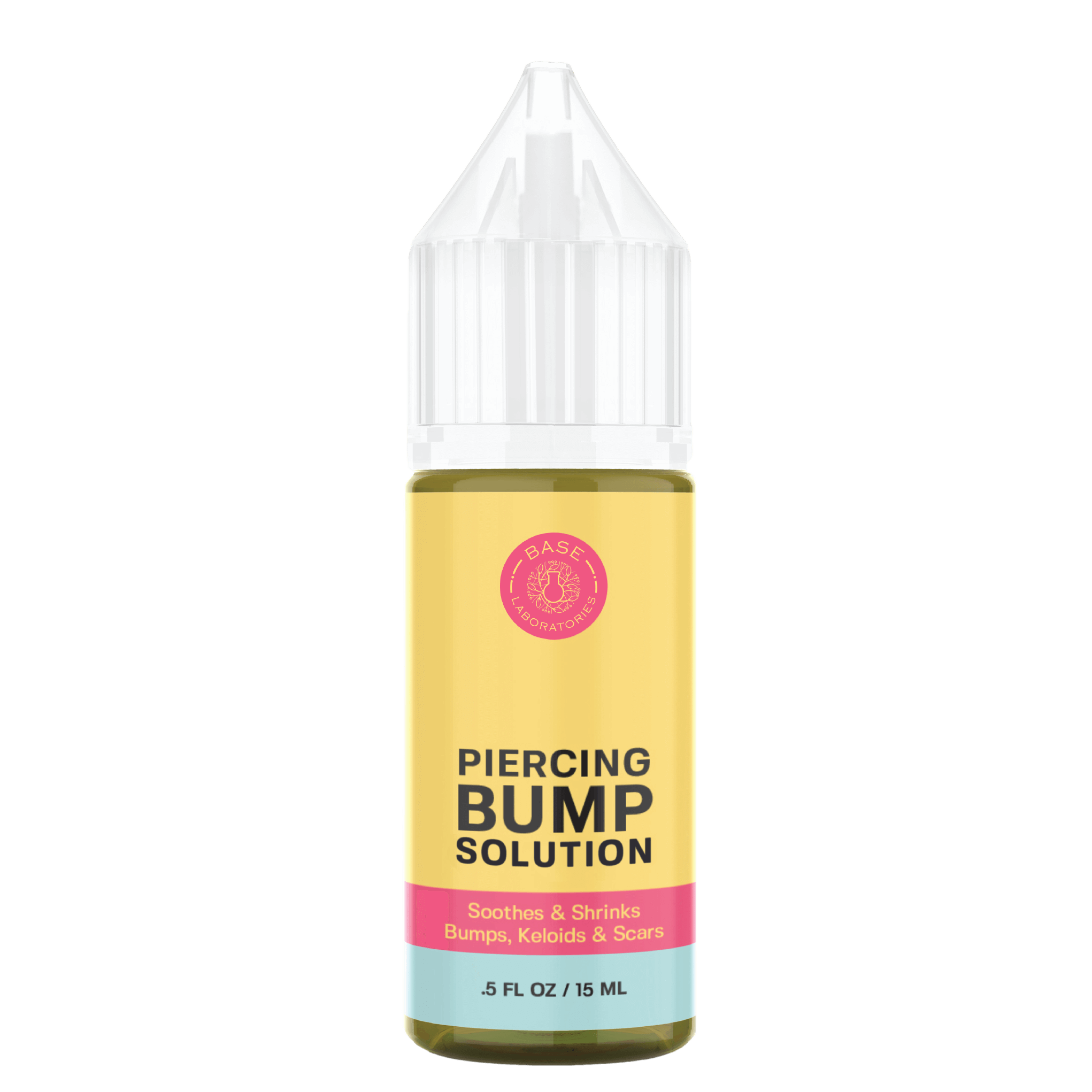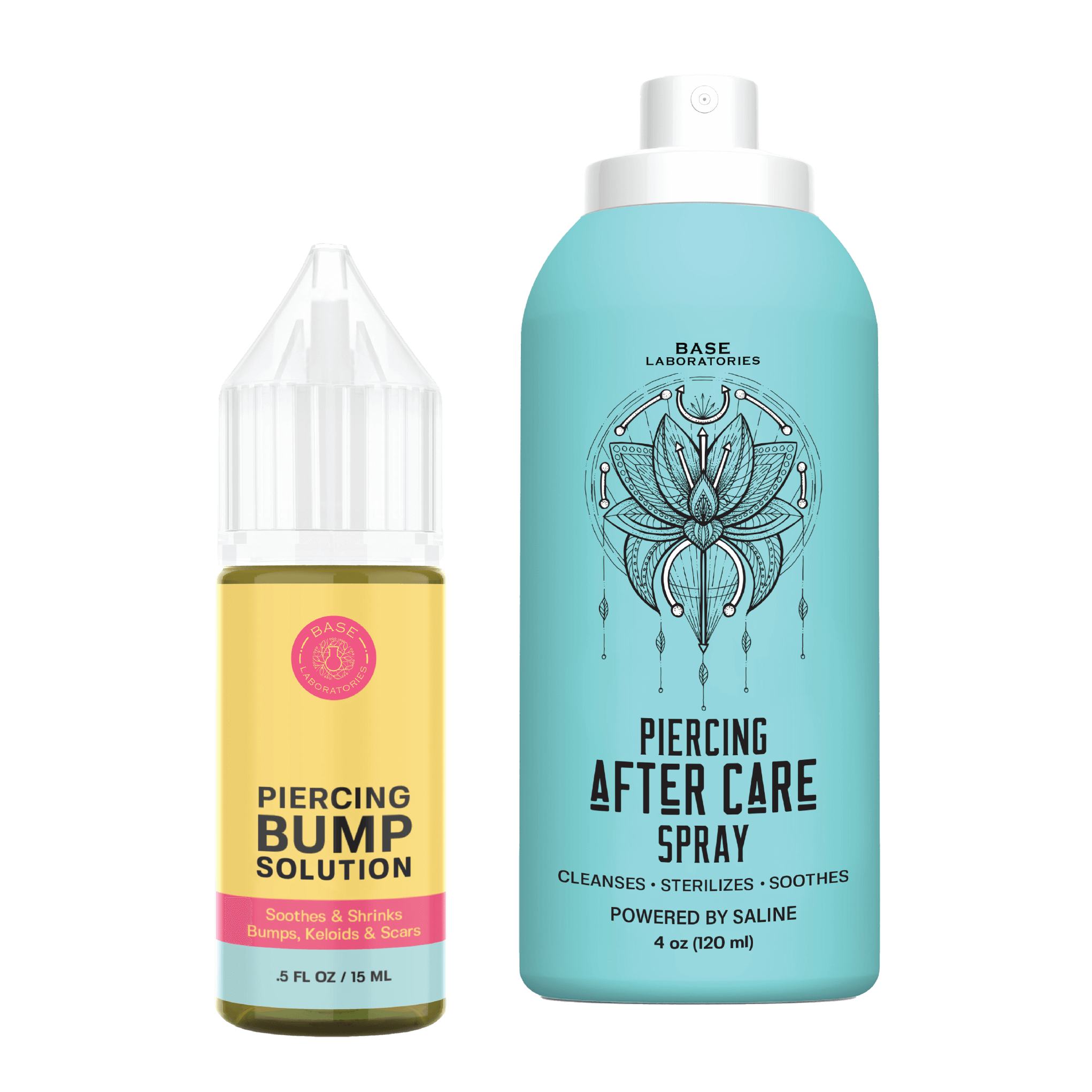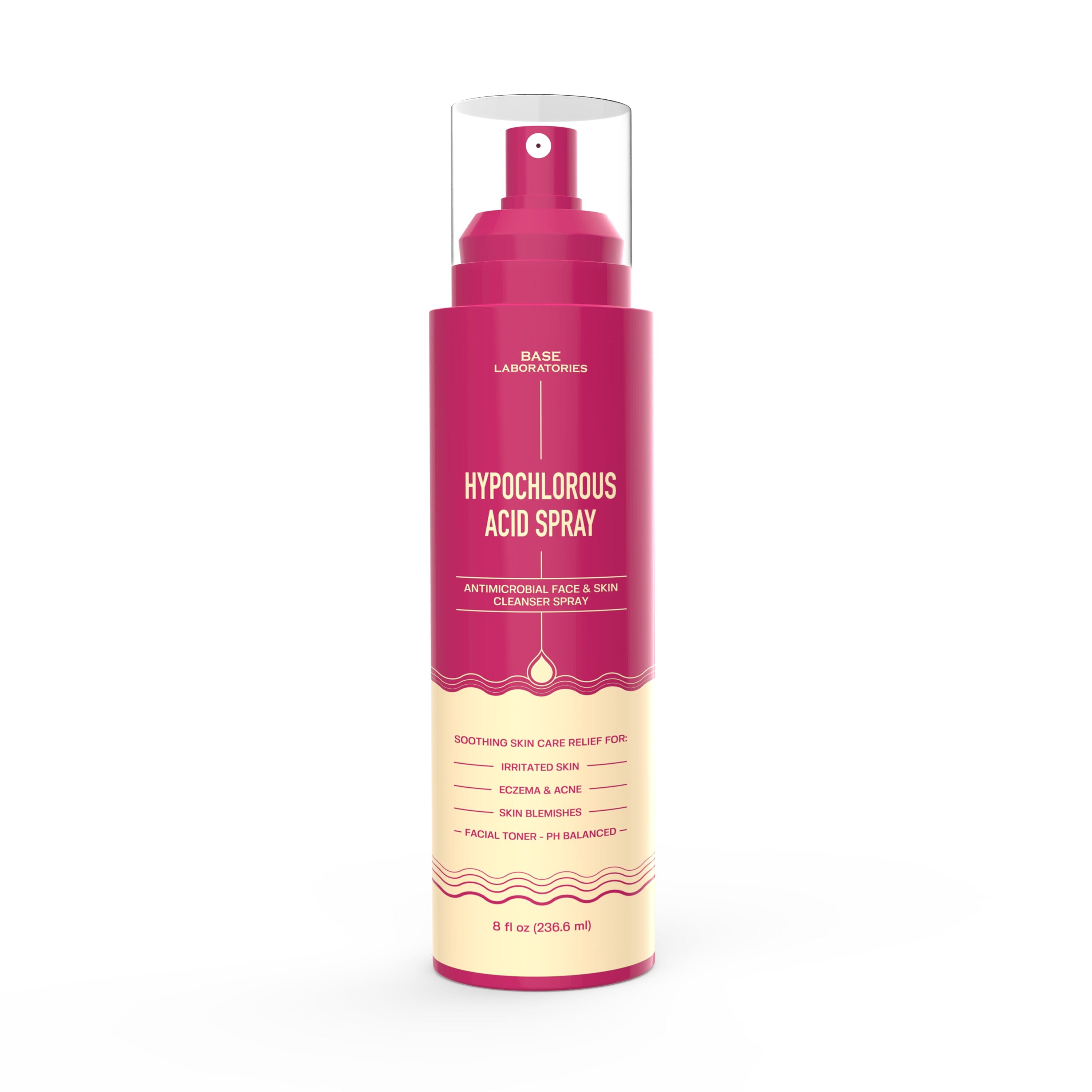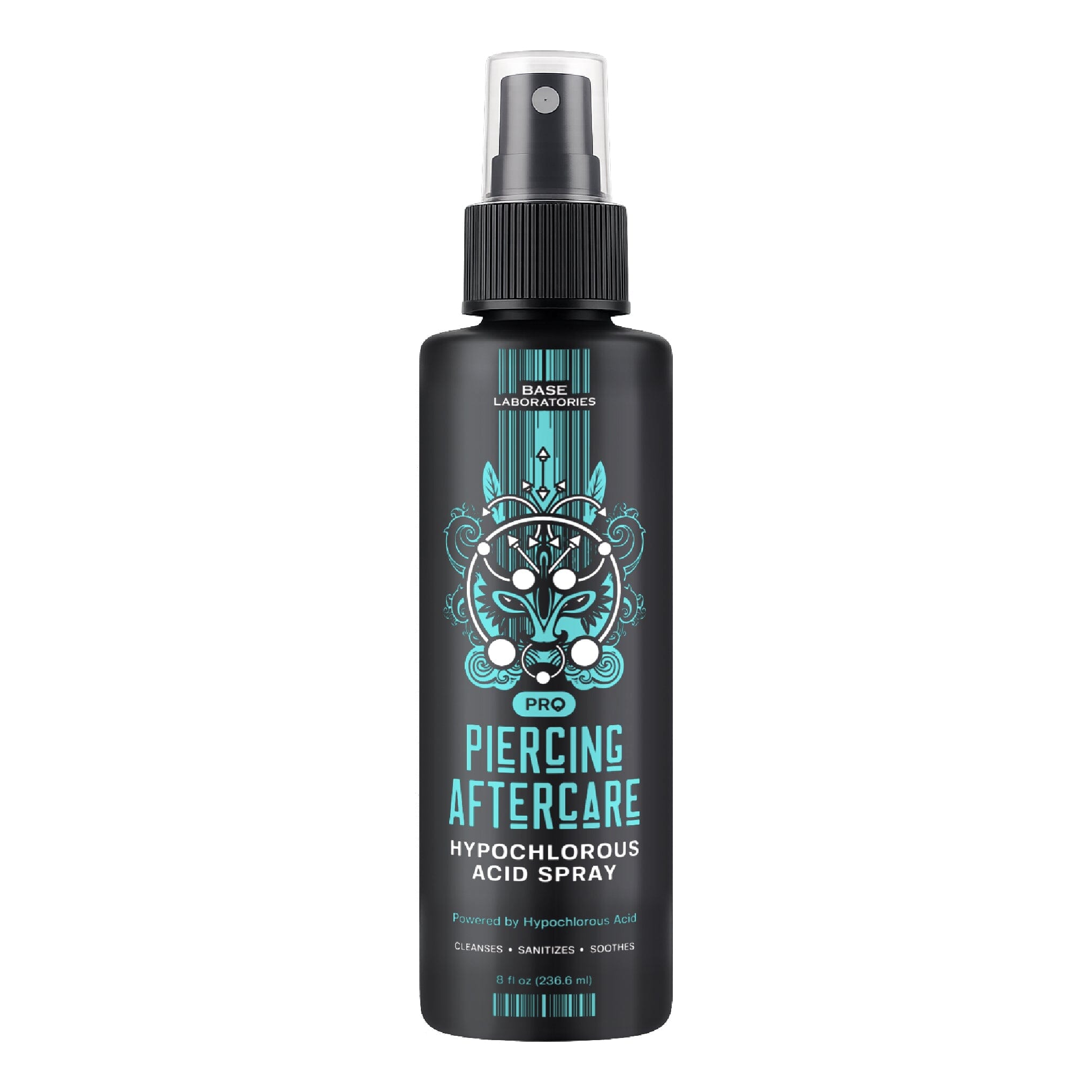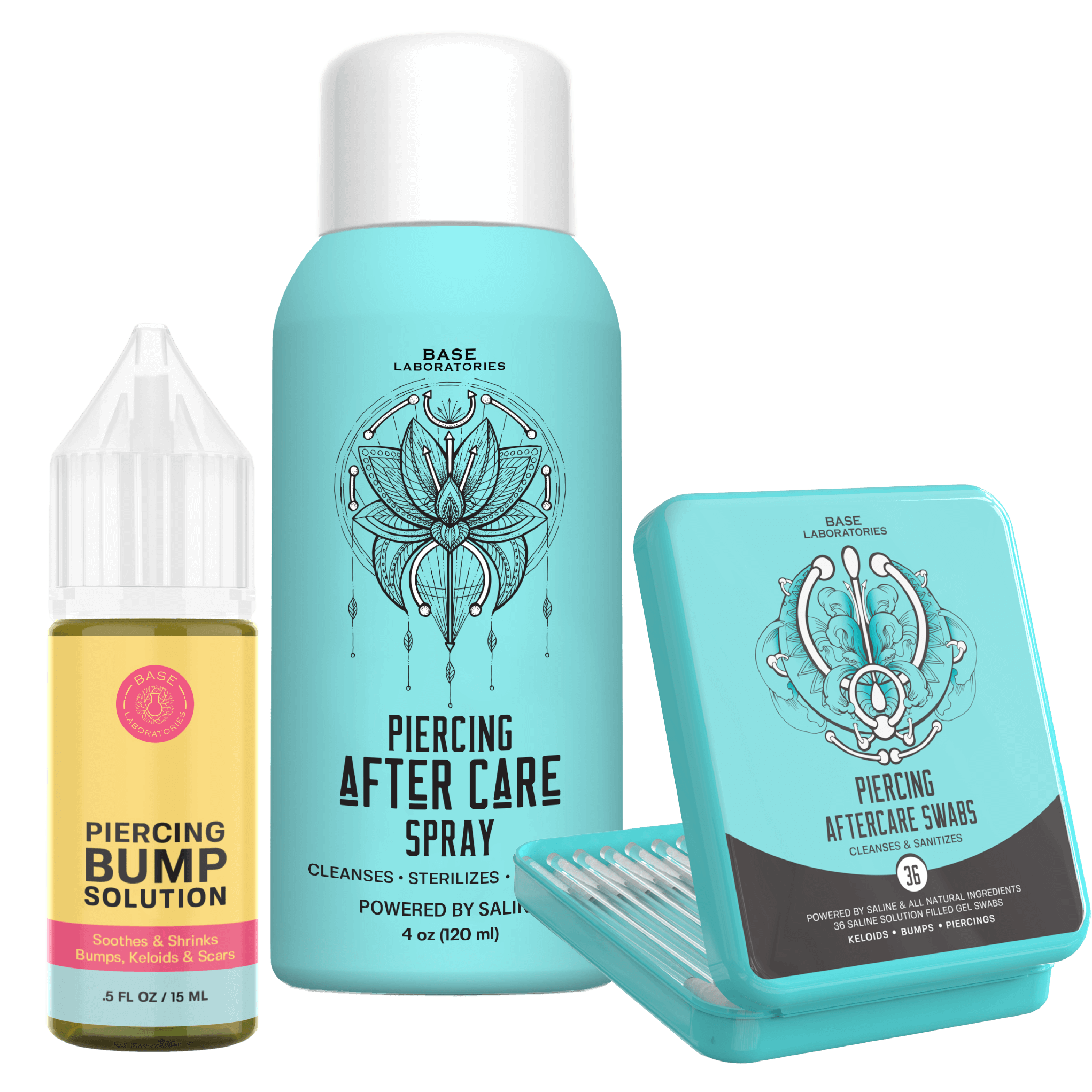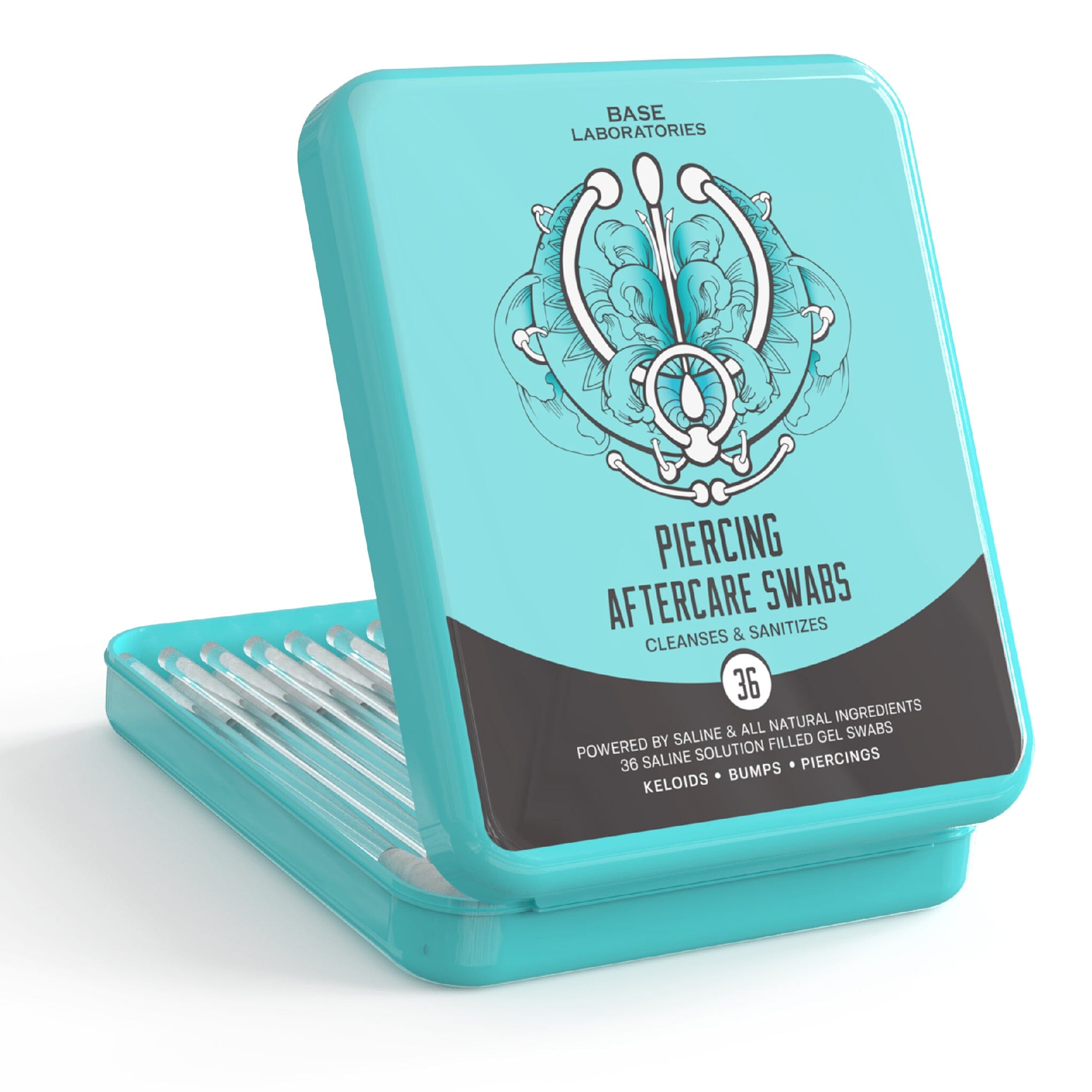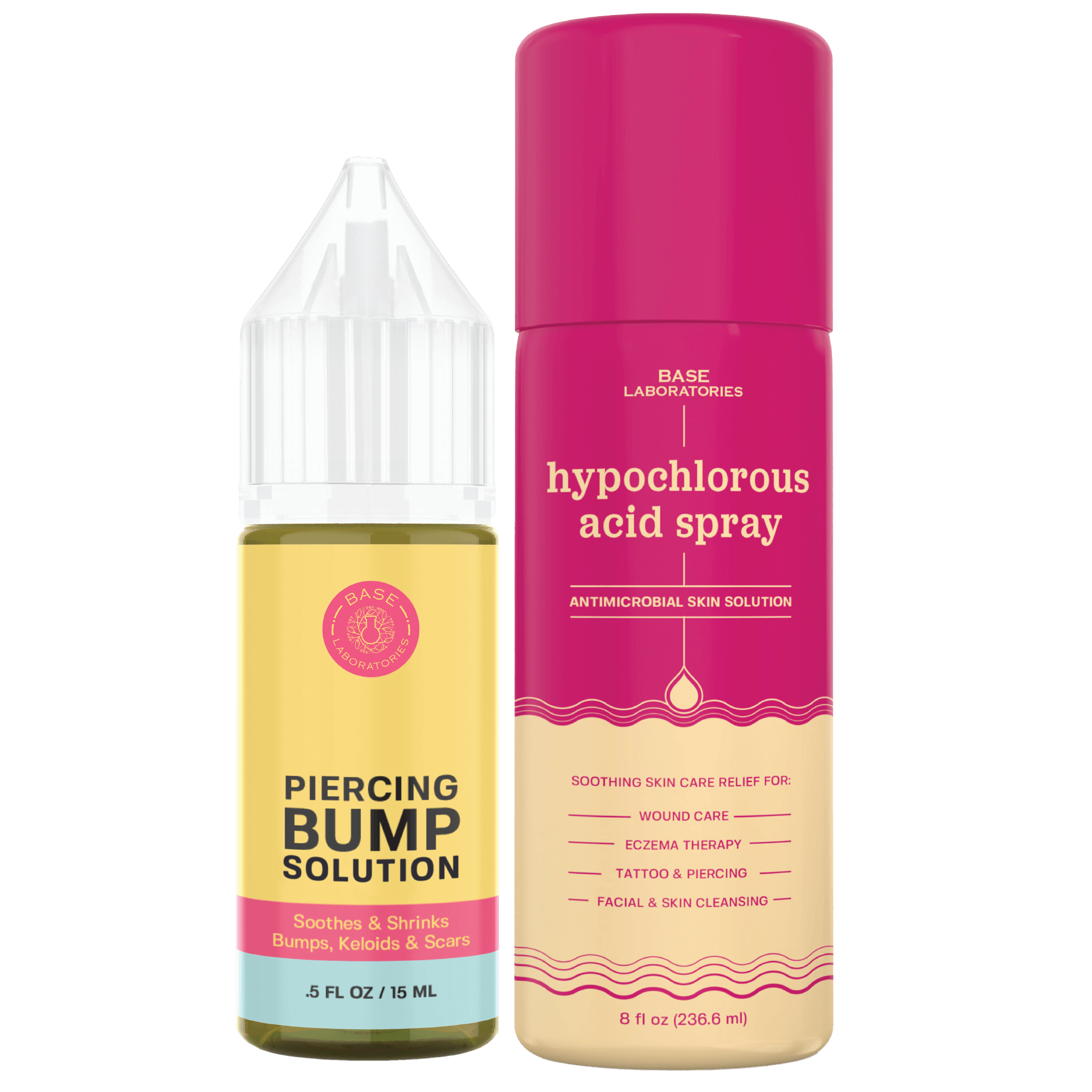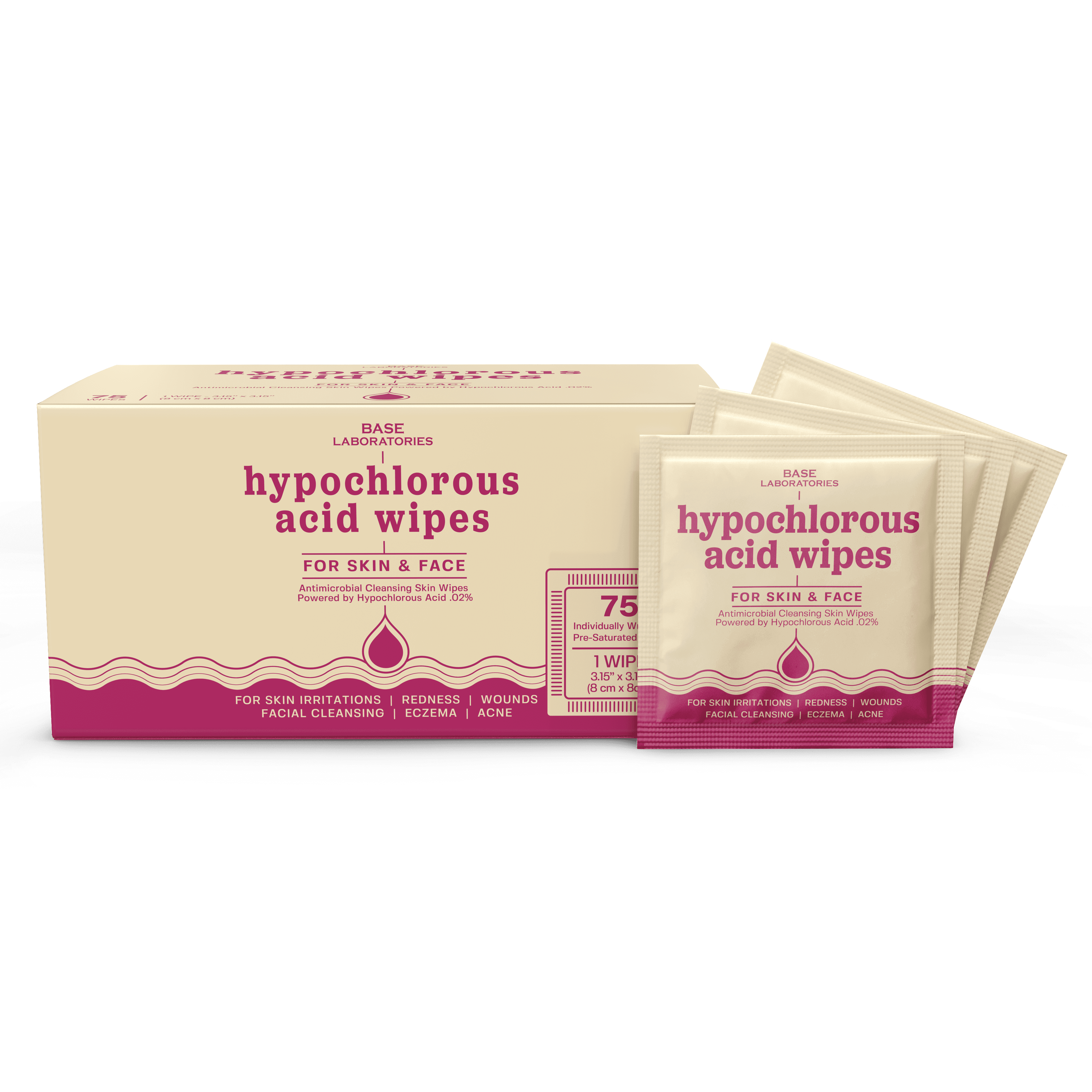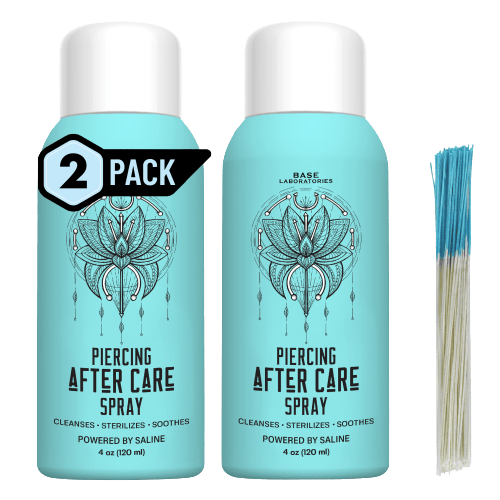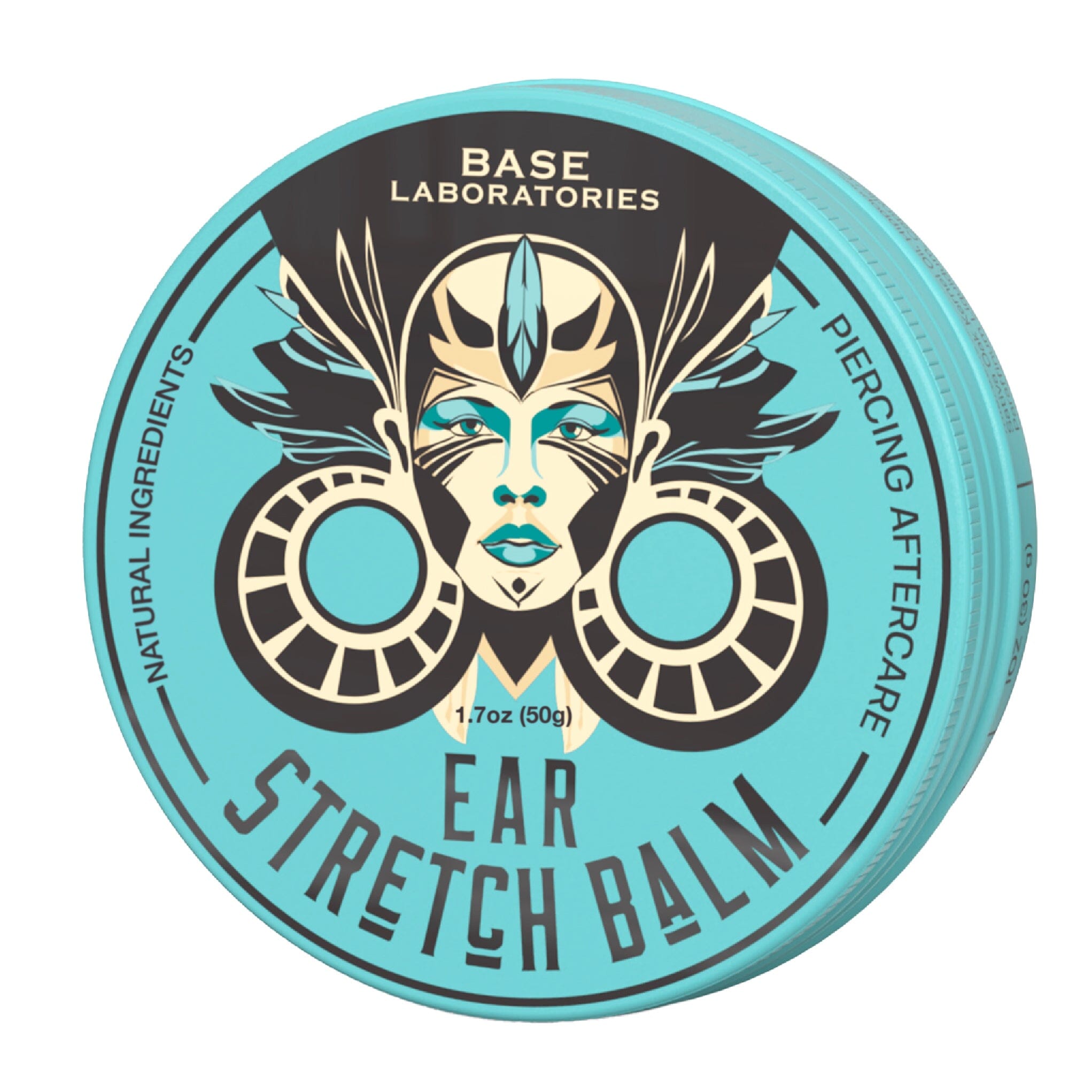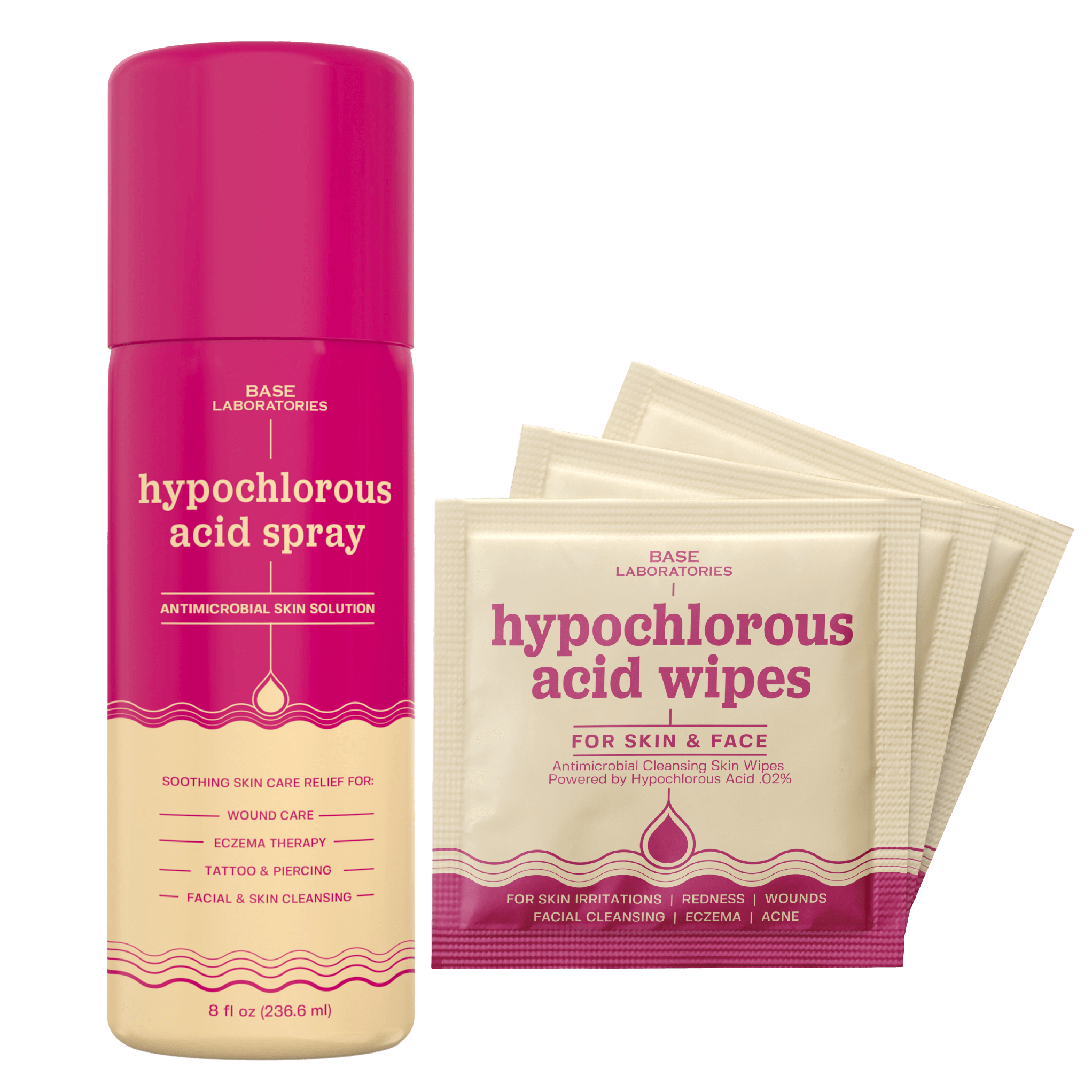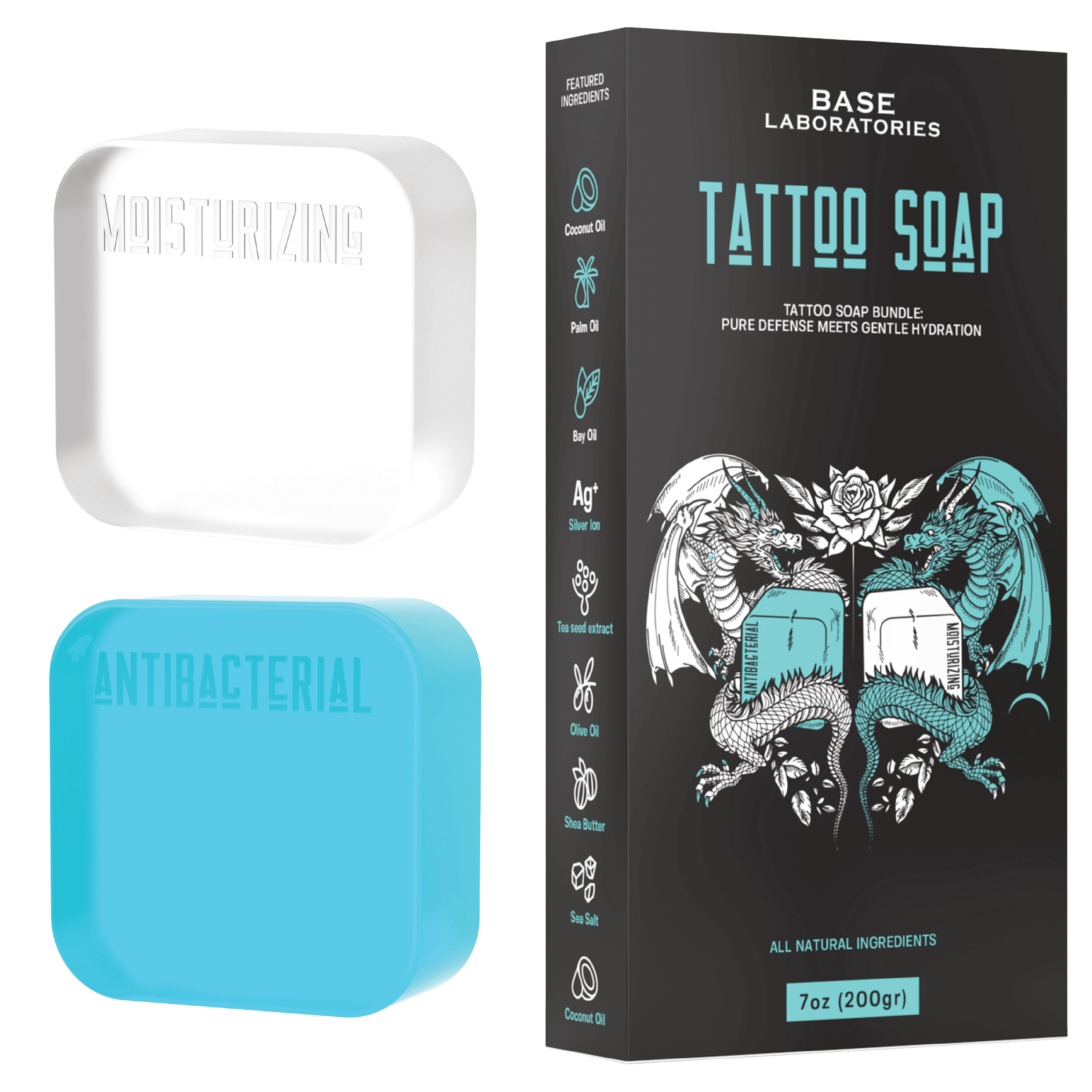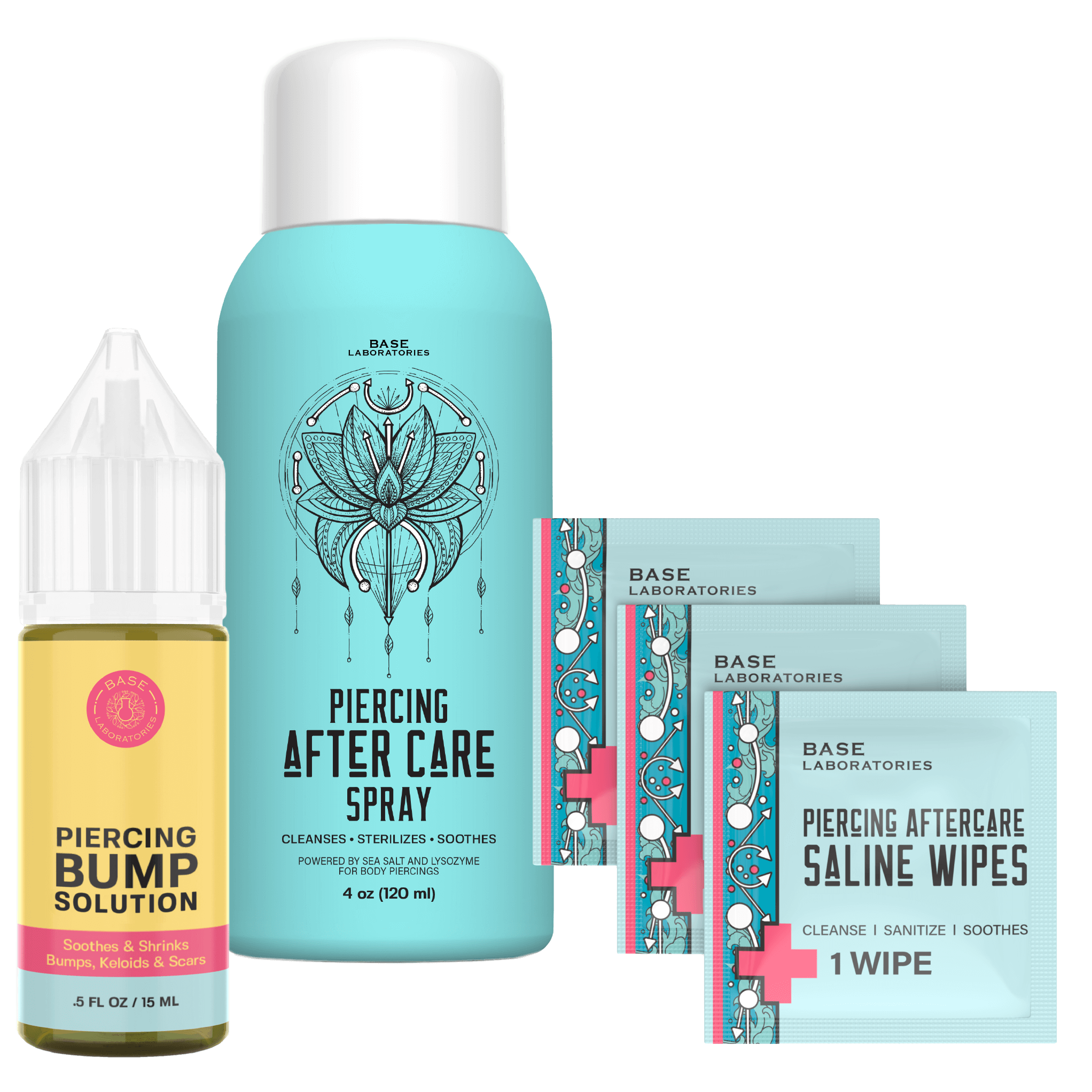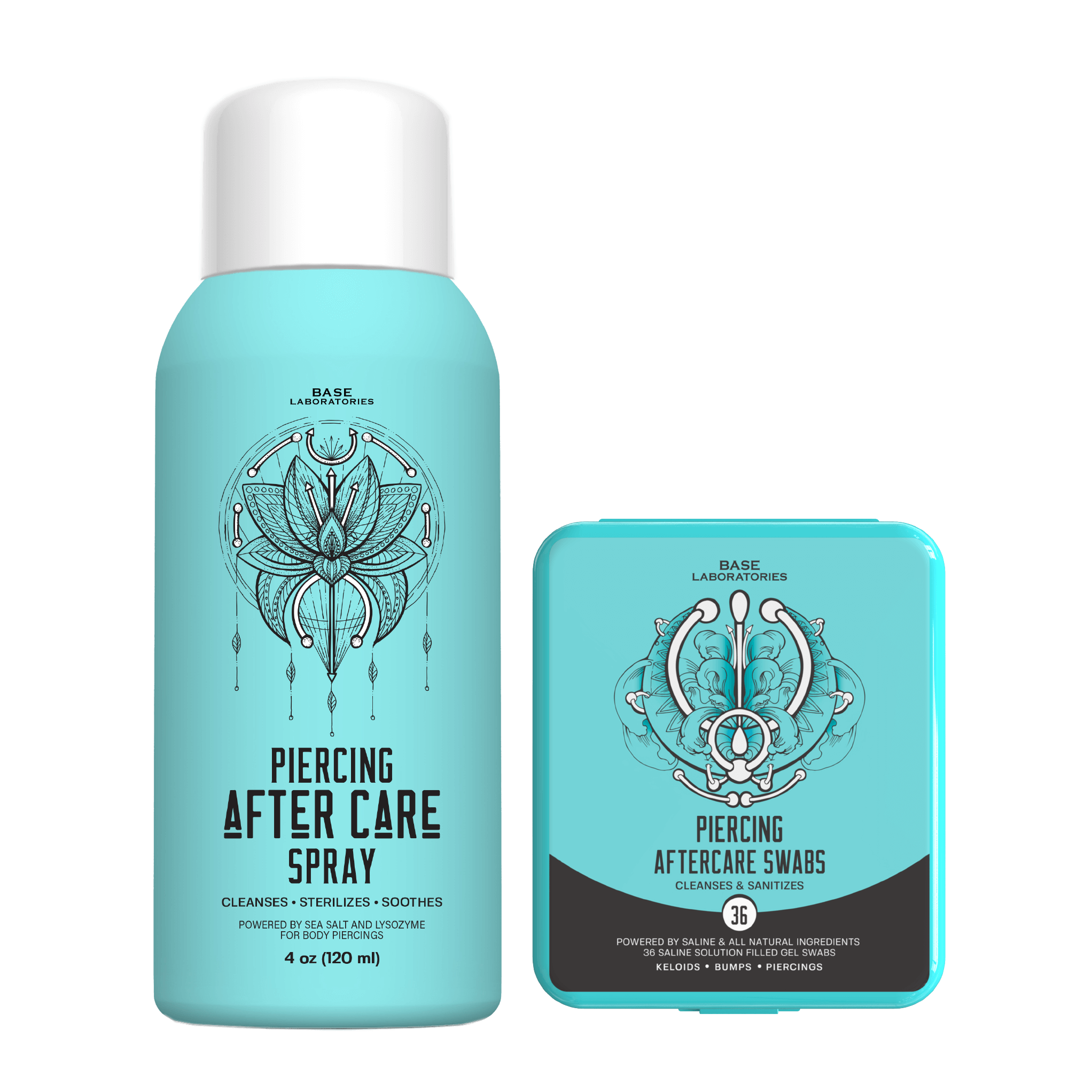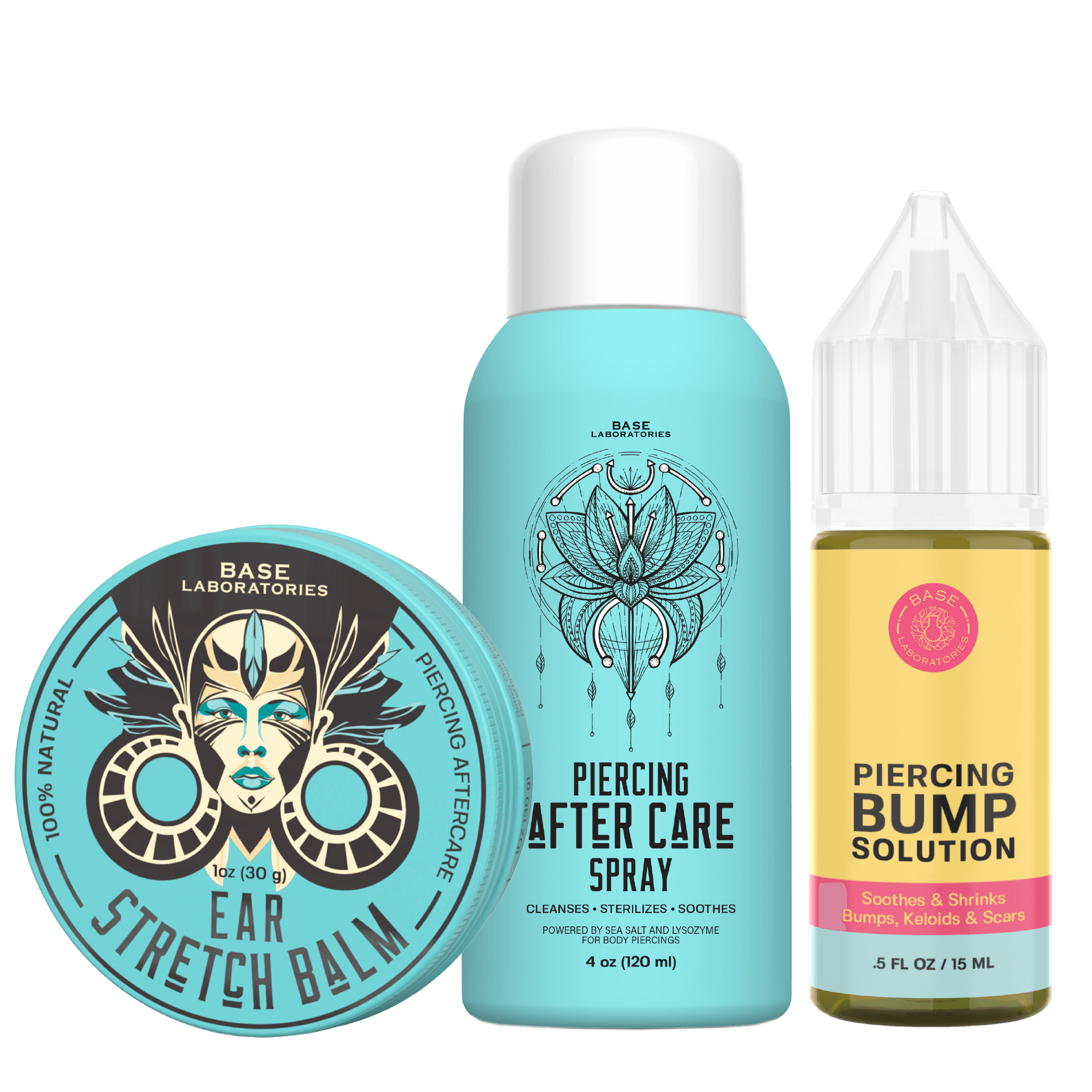What to Expect: Is a Dermal Piercing Painful?
A dermal piercing, also known as a surface piercing, is a type of body modification in which a piece of jewelry is inserted through the skin and anchored to the underlying tissue. While the process of getting a dermal piercing may sound painful, the actual level of discomfort varies from person to person. Here are four key points to consider when it comes to the pain associated with a dermal piercing:
- Pain tolerance: Like any other type of piercing, the level of pain you experience during a dermal piercing will depend on your individual pain tolerance. Some people may find the process to be relatively painless, while others may find it to be quite uncomfortable.
- Location of the piercing: The location of the dermal piercing can also affect how painful it is. Piercings in certain areas of the body, such as the chest or stomach, may be more painful than piercings in other areas, such as the earlobe.
- Use of a numbing agent: Many piercers will offer a numbing agent to help reduce discomfort during the piercing process. This can be applied to the area before the piercing is done, and can help to alleviate some of the pain.
- Aftercare: Proper aftercare is crucial for ensuring that your dermal piercing heals properly and without complications. This may involve keeping the area clean and dry, avoiding certain activities or clothing that could irritate the piercing, and using any recommended ointments or creams. While proper aftercare can help to reduce discomfort and prevent infection, it is still normal to experience some pain and discomfort during the healing process.
In conclusion, while the level of pain associated with a dermal piercing may vary depending on a number of factors, it is generally considered to be less painful than other types of piercings. Proper aftercare can help to alleviate any discomfort and ensure that the piercing heals properly.


